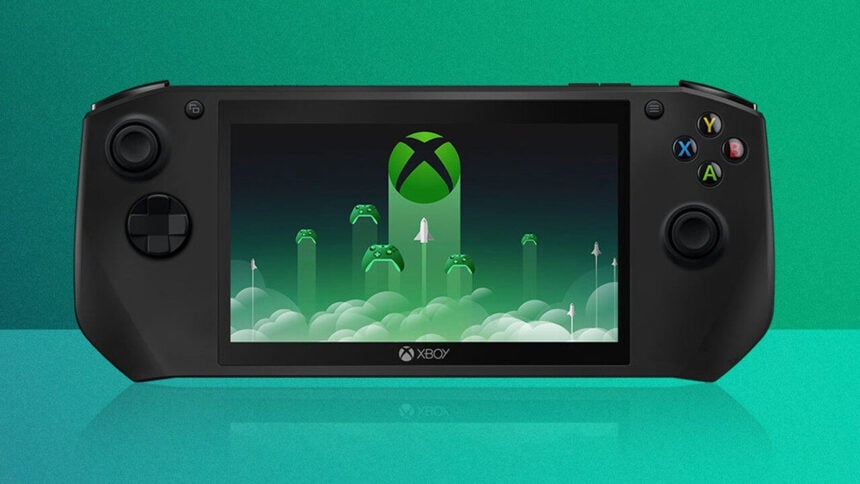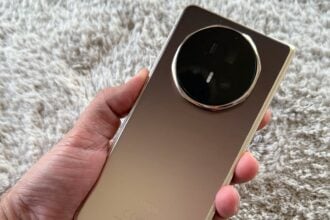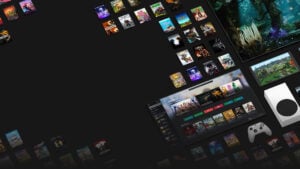A rumour doing the rounds says Microsoft canned a dedicated Xbox handheld after AMD pushed for a minimum 10-million unit order to build a custom chip. The claim comes from NeoGAF user KeplerL2, surfaced by Twisted Voxel. It also mentions an Xbox next-gen chip codenamed Magnus and suggests tape-out was targeted for Q4. None of this is confirmed by Microsoft or AMD. Treat it as informed forum chatter, not gospel. Still, the numbers are interesting—and they frame why a first-party Xbox portable is hard to justify right now.
What the rumour actually says
AMD allegedly wanted a 10m+ unit commitment for a bespoke SoC. Microsoft didn’t see the sales case, so the handheld was dropped early.
- Source: NeoGAF post by KeplerL2, aggregated by Twisted Voxel.
- Claimed market context: Steam Deck ~5m sold; ASUS ROG Ally and Lenovo Legion Go at ~1–2m each.
- Device position: a dedicated console, not a Windows PC handheld.
- Extra bits: next-gen Xbox chip “Magnus”; minimum order quantities make cancelling a console pricier than shipping it.
Twisted Voxel reports the insider said AMD needed a minimum order north of 10 million units to bankroll a custom chip. That threshold looks steep if you benchmark against current handheld PCs, which the post pegs in the low single-digit millions. The same poster adds that Microsoft’s AMD deal for its next console involves minimums that could make outright cancellation costly—hence why a console may still ship even if OEM “Xbox PCs” exist. Again, these are claims, not verified facts.
Why 10 million is a big ask in 2025
Most Windows handhelds haven’t hit that scale. Only Nintendo can reliably move tens of millions.
- Steam Deck is popular, but it’s not Switch-scale.
- Windows handhelds remain niche and price-sensitive.
- Software stores, battery life, and thermals still limit mass appeal.
A 10-million floor implies Switch-tier demand. Today’s PC handhelds—good as they are—serve enthusiasts. They’re pricey, heavy, and tied to Windows quirks. If AMD demanded that volume to spin a custom SoC, Microsoft would be betting on a market that’s not yet mainstream. That’s a tough pitch, especially after subscription price hikes put Xbox under extra scrutiny this quarter.
But Xbox hardware isn’t dead
Microsoft has publicly reaffirmed next-gen Xbox hardware with AMD this year.
- Microsoft has a multi-year silicon partnership with AMD.
- Next-gen Xbox plans remain in motion, per recent statements to press.
- Expect a broader “Xbox on many devices” push alongside consoles.
In June, Microsoft said it’s co-engineering custom AMD silicon for next-gen Xbox devices, including living-room consoles and hardware “in your hands.” Follow-up reporting and statements have since reiterated that Xbox hardware plans continue. So even if a specific handheld concept was shelved, the wider roadmap is alive.
Reading the tea leaves: dedicated handheld vs. “Xbox PCs”
A bespoke console needs scale; OEM handheld PCs spread risk.
- A custom AMD SoC locks you into volume and NRE costs.
- OEM devices can iterate faster and share Windows support costs.
- Microsoft can still ship a next-gen console while seeding an ecosystem in portable PCs.
If AMD has a strict minimum, Microsoft either commits to volume or eats penalties. That’s classic silicon economics. Meanwhile, backing ASUS, Lenovo, and others builds a portable footprint without the burden of hitting 10m units alone. It also aligns with Microsoft’s stated plan: Xbox experiences across devices, not just one box.
Is Microsoft making an Xbox handheld?
Not officially. The rumour claims a dedicated handheld was cancelled over AMD’s 10m unit requirement. Microsoft hasn’t confirmed a handheld, though it has talked up next-gen hardware with AMD.
What is the “Magnus” chip?
Allegedly the codename for the next-gen Xbox SoC. The forum post says it was targeting a Q4 tape-out. This is unverified.






















